Each year brings with it new beauty trends, techniques, tips, and products.
That beauty evolution carries on this year with more options than ever to make you glow, but also stay healthy and on trend with the new styles.
With that in mind Eastern Eye got award-winning beauty expert, writer, and blogger Ambarina Hasan to share 22 top tips for 2022.
They included helpful hints, product information, predictions, and ways in which to be environmentally friendly.
Beauty from within: We’ll be supplementing not just for health, but for skincare too. Look out for collagen supplements, vitamins, and minerals, all targeted for glowing skin.
Vegan beauty: A growing trend getting stronger is great vegan-based products. These include KVD, Green People, Biossance, Upcircle and so many more. Be3 Vegan Mascara is a current favourite of mine.
Skinimalism: Less is more in 2022! Cut down on the huge number of skincare products and active ingredients by focusing on quality over quantity. Could this be the end of the 16-step Korean skincare routine?
Keep it quick: Following on from skinimalism, low maintenance makeup will take the no-makeup makeup-look to the next level. Two minutes, three multi-tasking products and you’re out the door.
Ageism is out: The past two years have taught us that it’s a privilege to age and the face of mainstream beauty is already reflecting this. It is finally celebrating women in their fifties, sixties and beyond. So don’t let age stop you from looking your beautiful best and trying the latest looks.
Fermented beauty: Touted as ‘kombucha for the skin’, fermentation in skincare increases potency, penetration, and preservation. Fermented skincare has been shown to boost the skin barrier function and boasts a longer shelf life too.
Magical multi-tasking: Seek out makeup that’s targeted at skincare too. Alongside the low maintenance approach, beauty companies such as Dior are focussing on makeup products that work as hard as your skincare, which helps pare down your routine even further. I would recommend Dior Forever Skin Glow Foundation for it.
Recycle: A big beauty buzzword has been recycling and it will take centre-stage in 2022. It will be key to any successful brand and much more accessible. It is already available at Boots and MAC, where customers are rewarded financially for recycling. Meanwhile, mainstream brands like Maybelline offer recycling through supermarkets.
Sustainability: Another key word is sustainability, which will be vital in 2022, both in products and packaging. Aluminium steps up, along with plantable, compostable designs. Makeup pencils from Sprout Beauty can be planted once the pencil is too small to use, for bee-friendly wildflowers growing within a couple of weeks!
Nail niceness: Nails will be short and nude, a la Harriet Westmoreland designs. They will be chic, stylish and feel more grown up than the long, sharply pointed talons all over social media. They are infinitely more practical and easier to maintain too.
Inclusivity: The one-size-all approach is out, and inclusive beauty is in. All colours, sizes, and genders! Farah Naz, founder of EX1 Cosmetics is at the forefront of changing the way we classify skin tones and colours to be more inclusive than ever. Visit Instagram: @ex1cosmetics
Glowing skin: Seeing each other’s faces on Zoom during lockdown has fed into the low-maintenance approach for daily life. Less is now more, so glowing skin that shows and shines through trumps a caked-on, heavy makeup any day of the week.
Waterless beauty wins: As water becomes the planet’s most precious commodity, waterless products are leading the way. Waterless throughout the manufacturing process and waterless in formulation, Pinch of Colour is a waterless brand that doesn’t compromise on colours, application formulations and design.
Protection: SPF has become even more important in skincare and skin health than ever. It’s already a non-negotiable in a good skincare regime. Look out for new formulations and applicators, such at Kate Somerville’s Soft Focus Makeup Setting Spray with SPF50, so you can top up your protection through the day without disturbing your makeup.
Home spa: A little extra self-care at home has become the norm post-pandemic, and that’s here to stay. Think spa quality treatments and products at home. Mobile therapists are offering even more at-home beauty and grooming services. A beauty truck is even doing the rounds.
Powdered beauty products: More sustainable, easier to store and transport, and more economical to use, powdered skincare is already available, but 2022 will see even more choices. From exfoliators to cleansers that you mix with water, to face masks and vitamin-rich powders from which you create a cream, these are among the most eco-friendly alternatives to their liquid-based counterparts. A current favourite of mine is Honest Beauty’s Skin Sweep Exfoliating Powder Cleanser.
Perfume evolution: Your favourite scent will become more about feeling good and enhancing your own mood, and less about trying to smell attractive to others. Try Clive Christian’s Crab Apple Blossom or Jeroboam’s Insulo - both are sure to lift the spirits.
Solid haircare: Solid shampoos and conditioners are more sustainable, more economical and have less ‘nasty’ ingredients. Are you sensing a trend here? From niche brands such as Davines, to mainstream brands including John Frieda, there’s one for every budget.
Personalised beauty: There’ll still nothing as luxurious as crafting your own perfect lip shade with brands such as Code8 or YSL. You can also create your own signature scent in a fragrance atelier or at Harrods. And watch out for beauty in the newly created metaverses too - personalising your avatar to your own ideal of beauty will be the new thing.
Online beauty trends: Love it or hate it, there’s no denying the power of the internet, especially Tik Tok and Instagram, when it comes to influencing our approach to beauty, from facial contouring to hot hairstyles.
Men magic: Male grooming and beauty has become much more normalised, as gender fluidity makes its mark on beauty. Brands will switch to more unisex-style packaging and marketing, as they attempt to appeal to everyone.
Love yourself: Last but not least, the most powerful trend and one I want to see most is being ‘being comfortable in your own skin’. Own it and remember you are beautiful just as you are.
Visit BeautyPassionista.com, Instagram, YouTube & Facebook: @BeautyPassionista and Twitter: @AmbarinaHasan

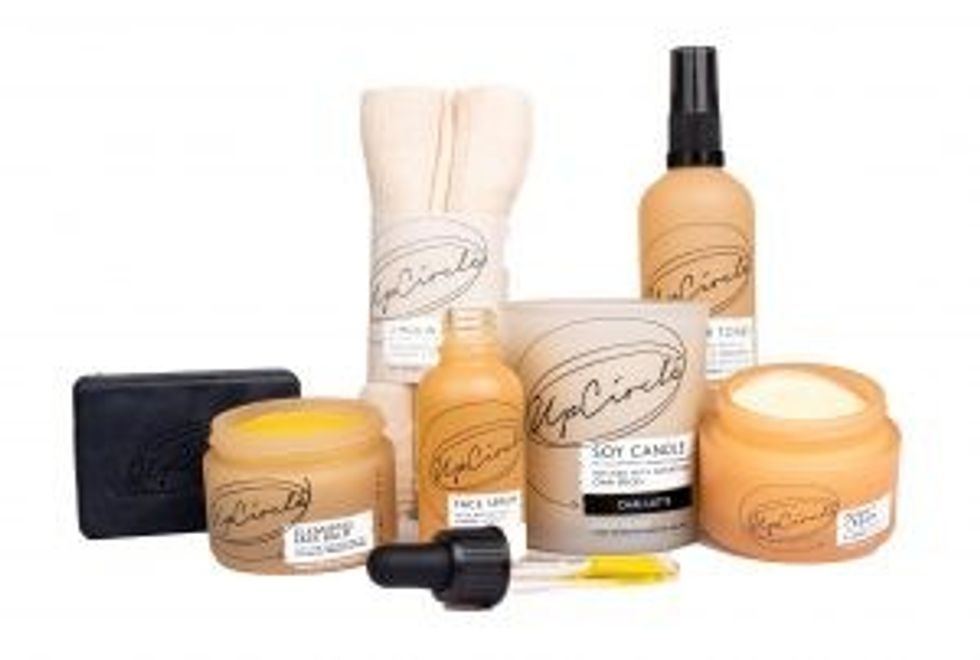

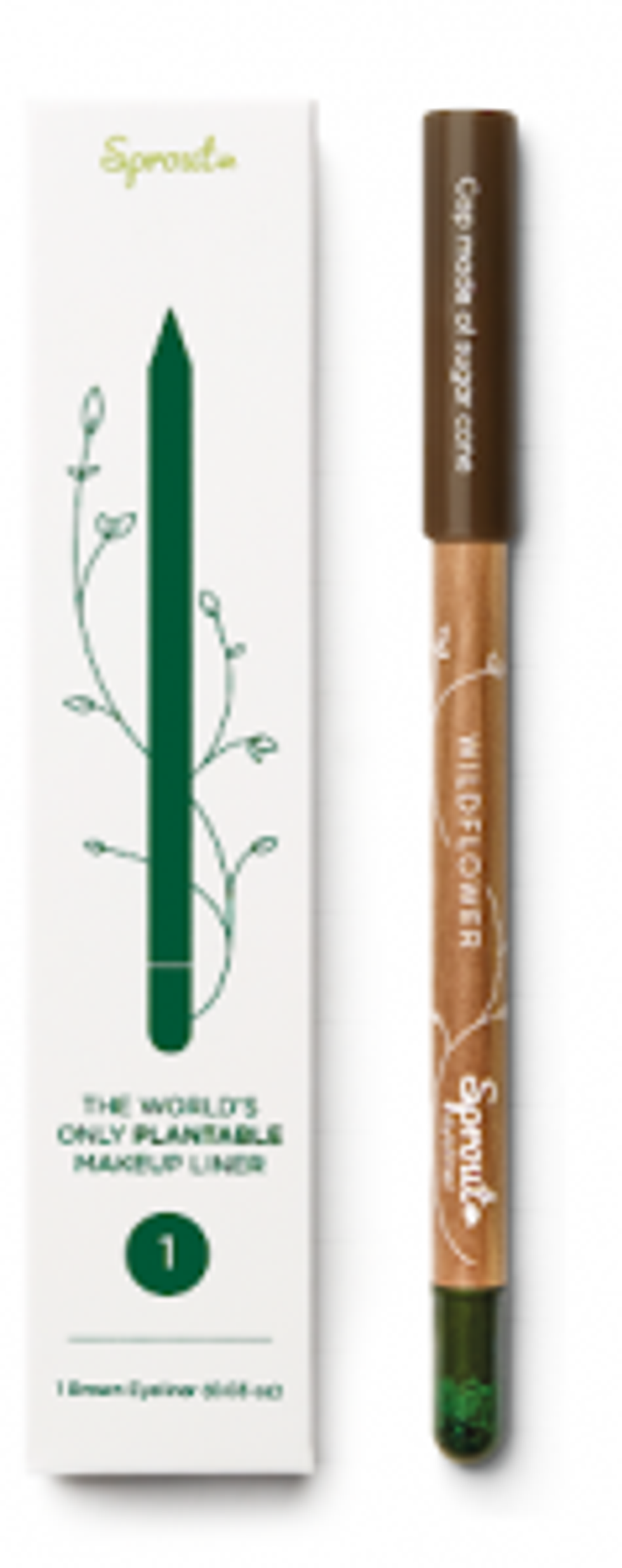
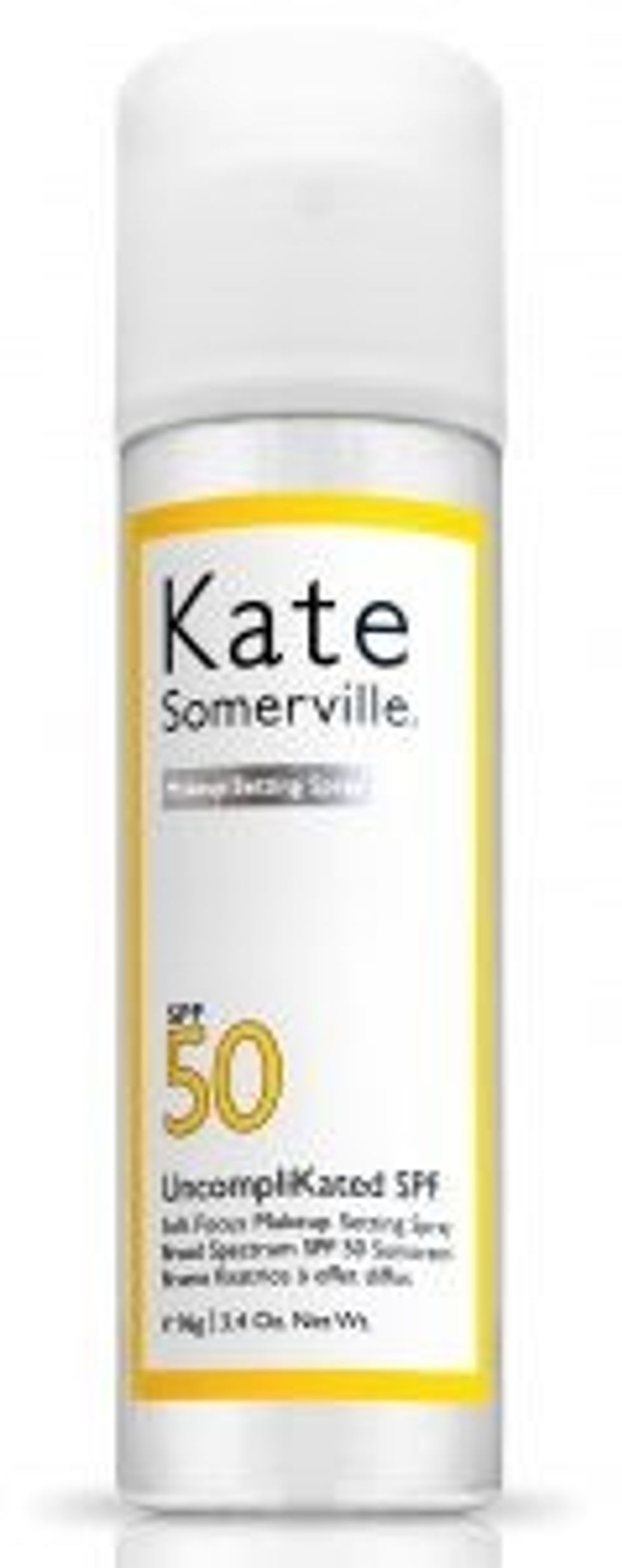
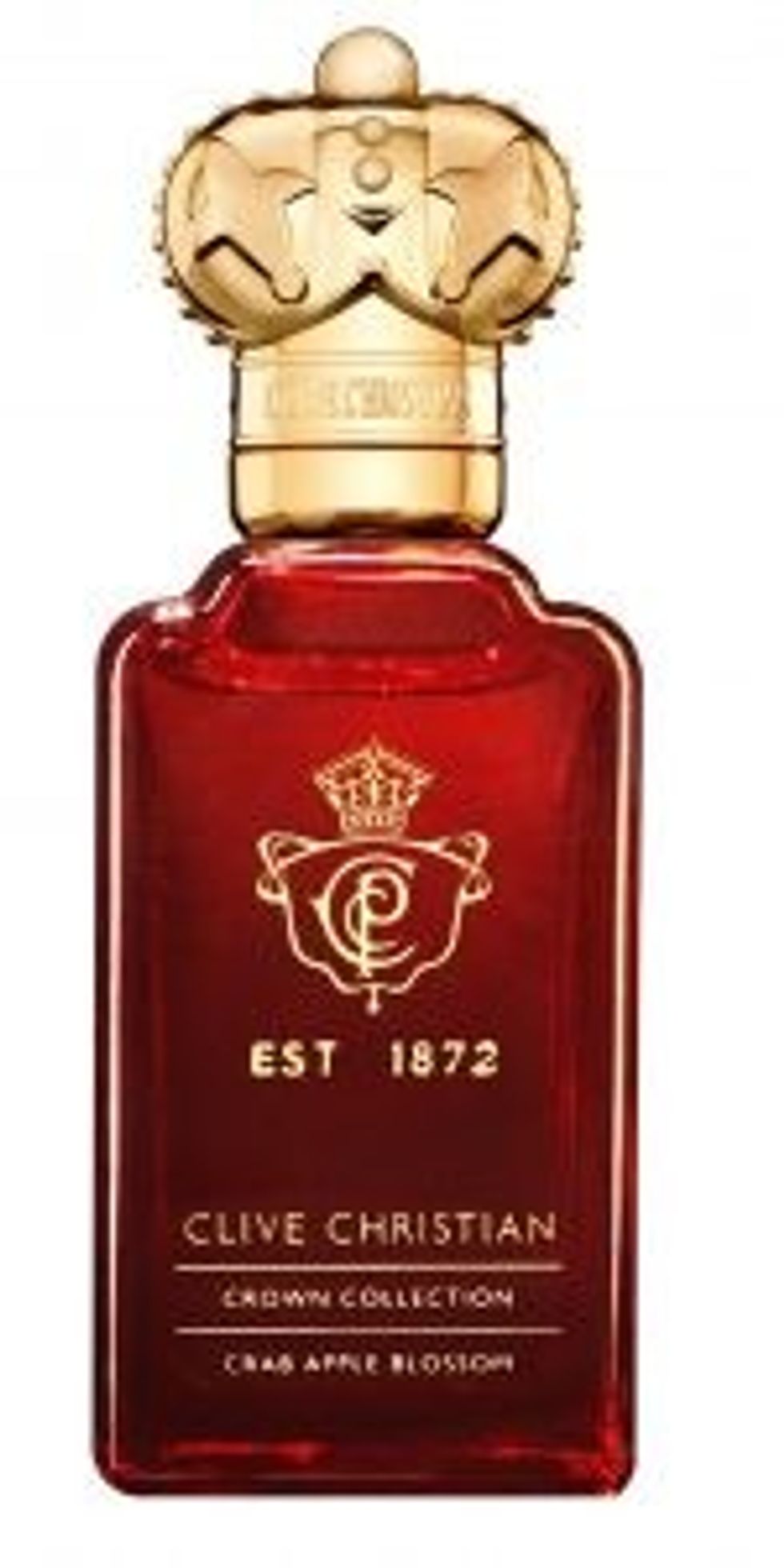
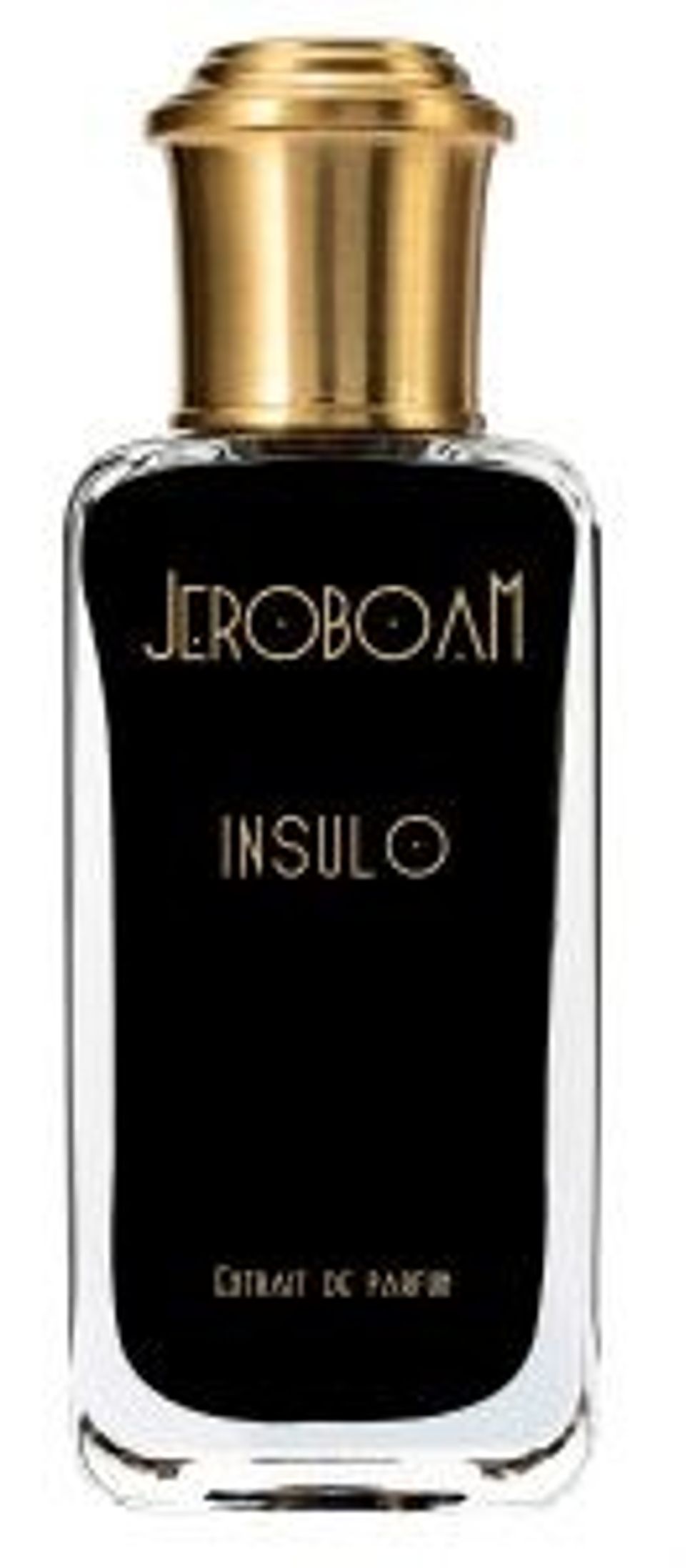




 Prada confirms Kolhapuri chappals inspired its 2026 Milan collectionInstagram/
Prada confirms Kolhapuri chappals inspired its 2026 Milan collectionInstagram/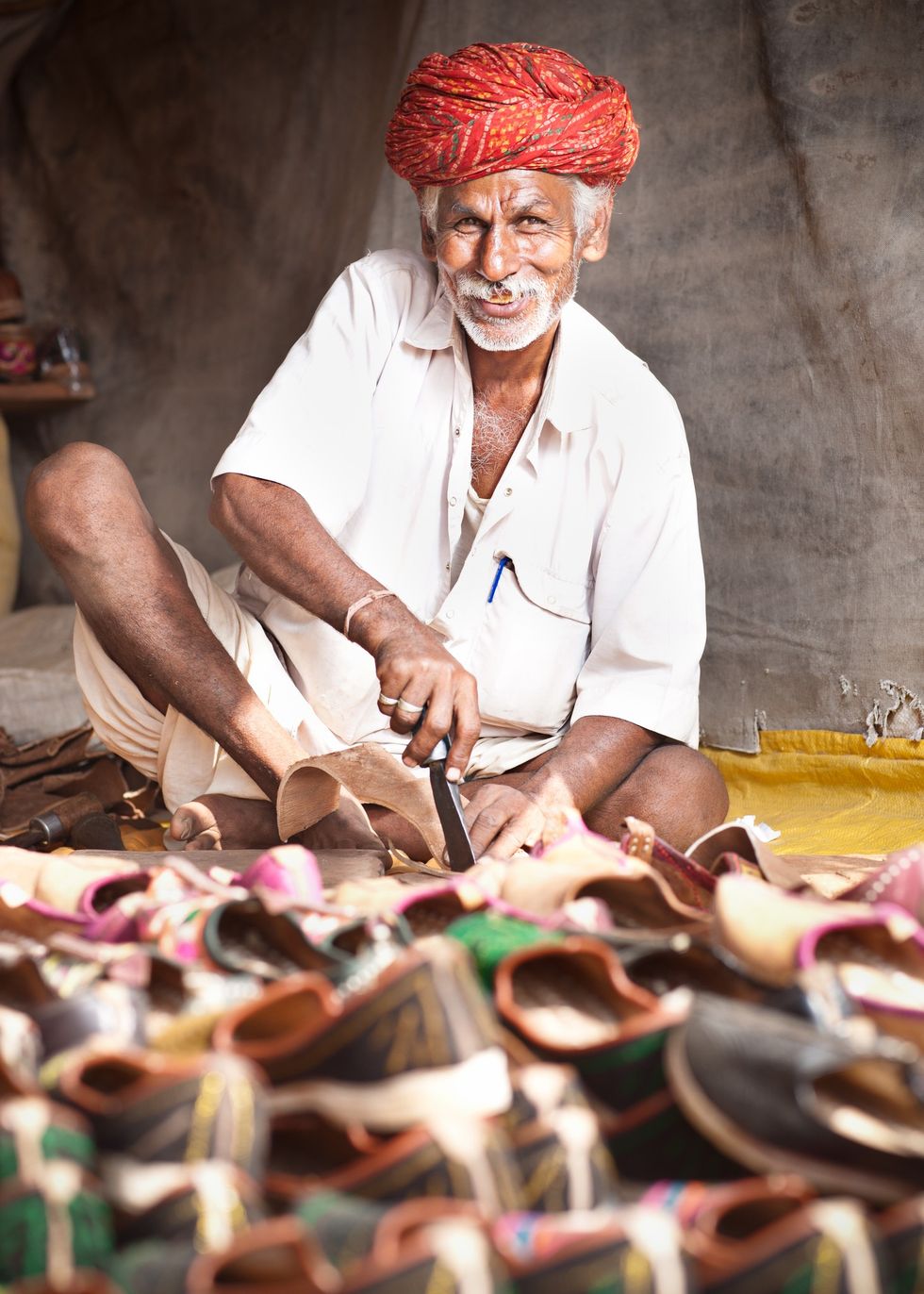 Kolhapuri chappals have been crafted for centuries and received GI tag in 2019 iStock
Kolhapuri chappals have been crafted for centuries and received GI tag in 2019 iStock 








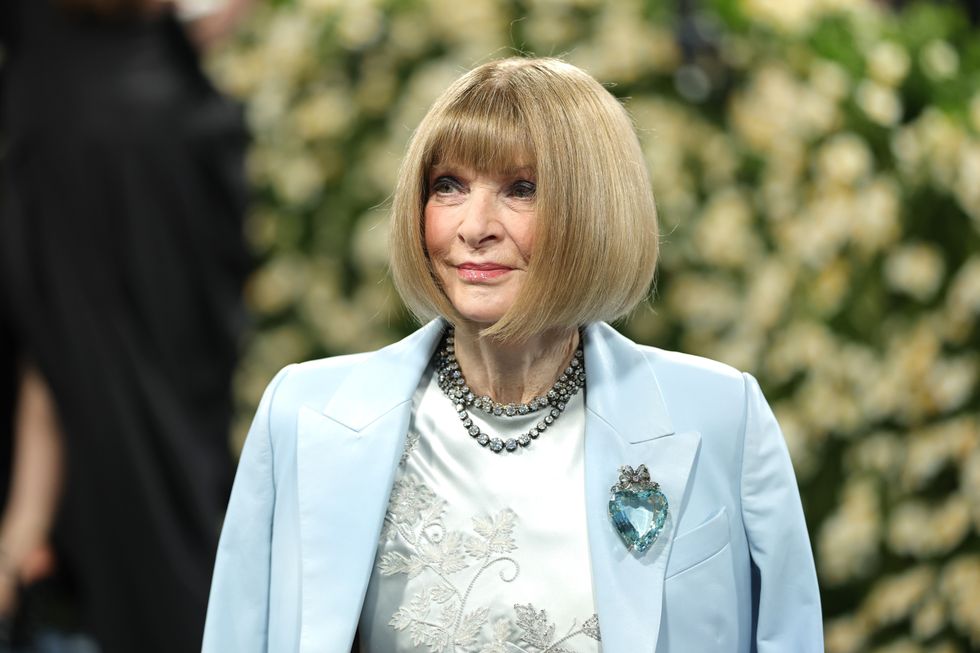 Wintour also became synonymous with the Met GalaGetty Images
Wintour also became synonymous with the Met GalaGetty Images


Police may probe anti-Israel comments at Glastonbury